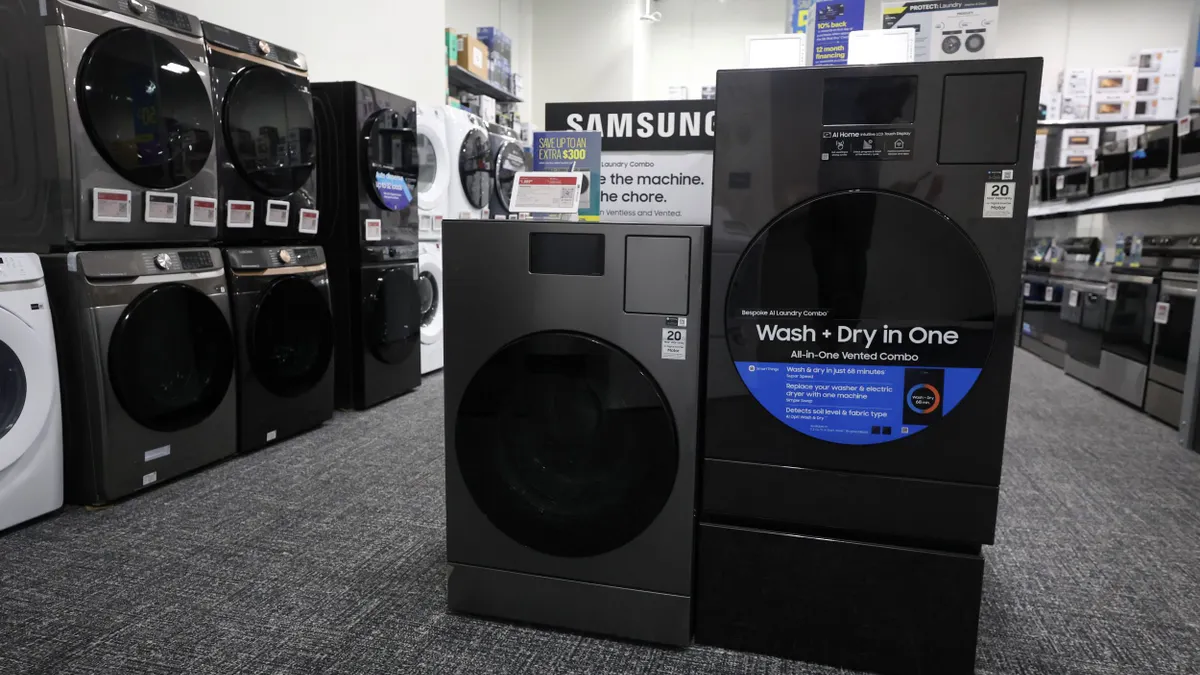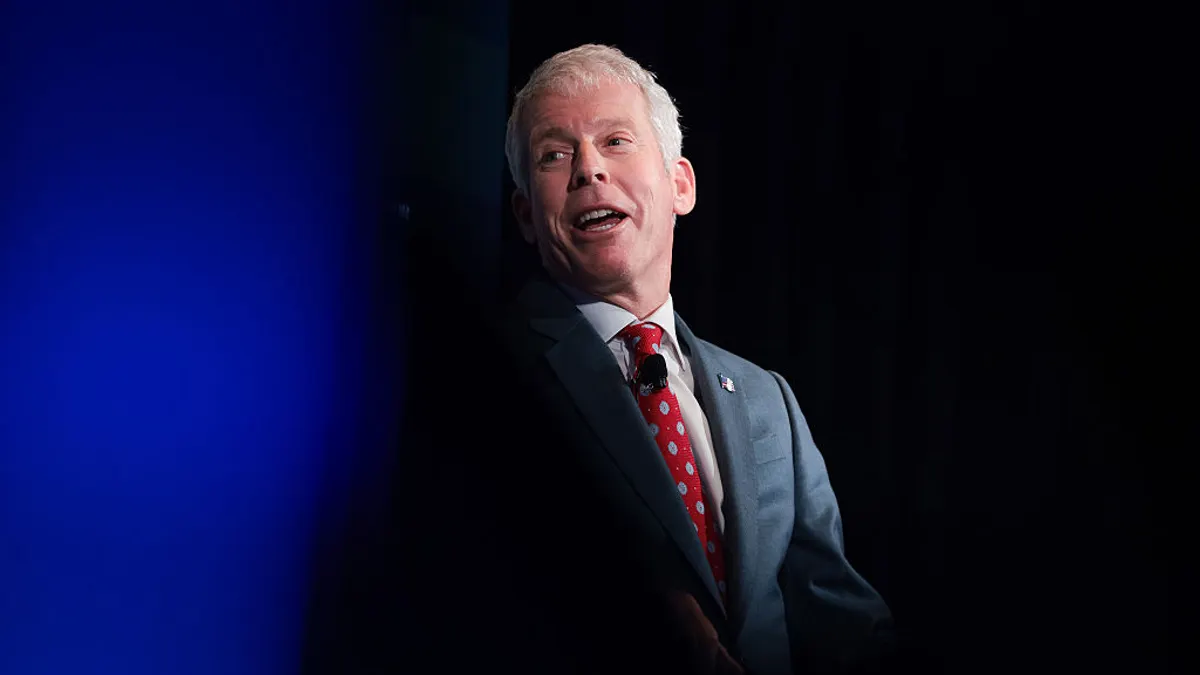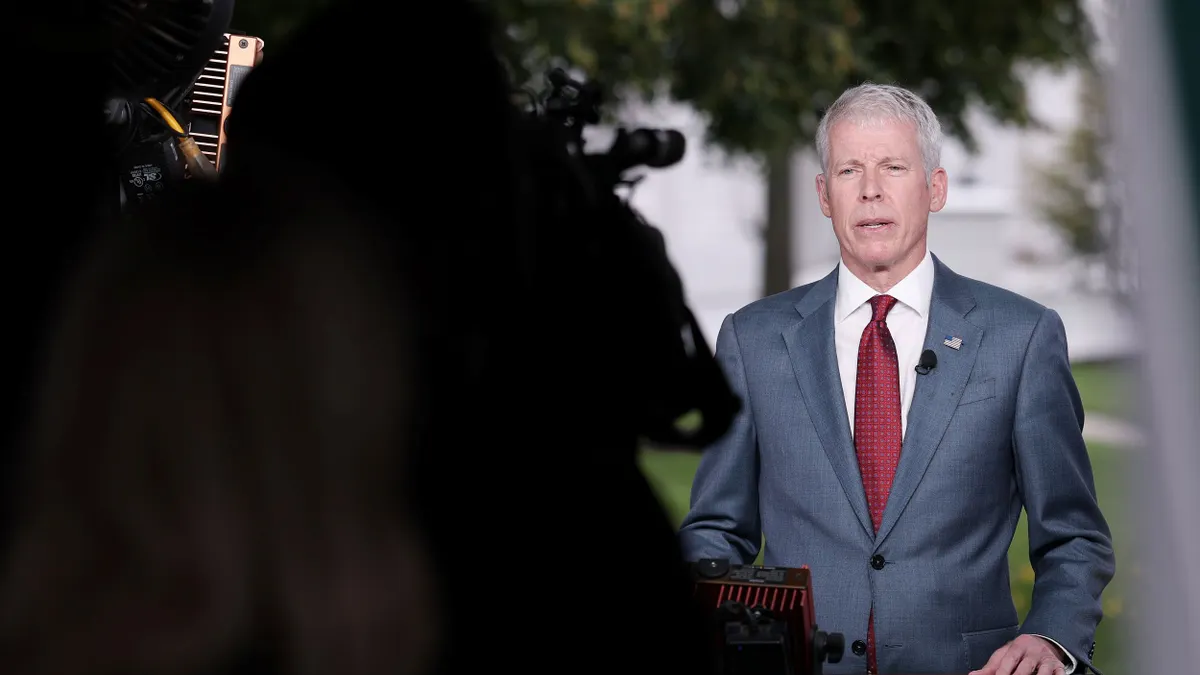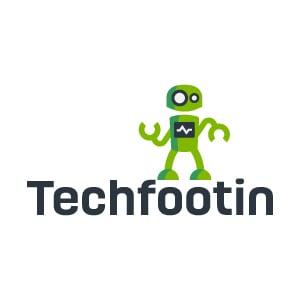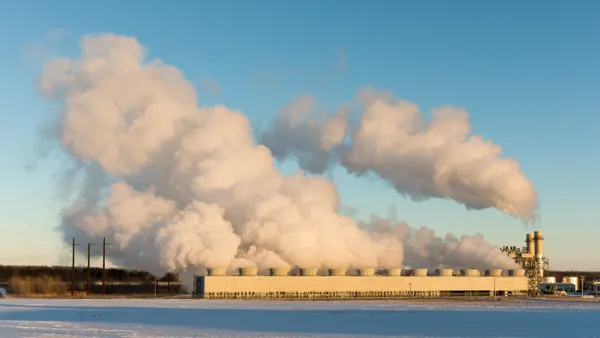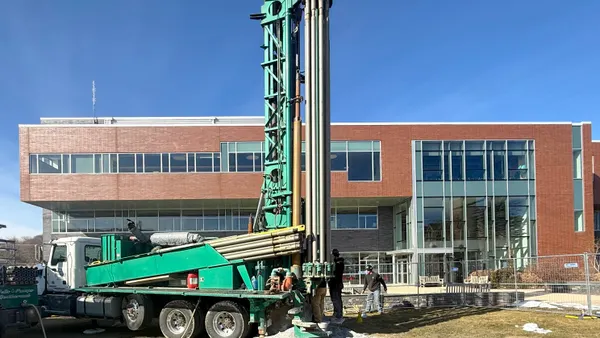Dive Brief:
- Younger U.S. residents are taking a greater interest in energy efficiency and turning to technology to help them achieve it, according to a survey by the Smart Energy Consumer Collaborative.
- The most “informed and engaged” consumers, about 34% of the population, are generally under age 55 and most likely to have children in the home, it found. “Turnkey comfort” consumers, about 13% of respondents, had the least favorable views toward energy efficiency. They tended to be well-off retirees who prioritized reliability over saving energy.
- Gen Z and millennial consumers are paying closer attention to their energy consumption and bills than young consumers have in the past, said Nathan Shannon, SECC’s president and CEO. “They are making the connection between technologies and energy management within their home, whereas older demographics ... have not necessarily made that connection,” he said.
Dive Insight:
Another recent shift can be seen in how respondents rank their concerns and motivations for wanting greater energy efficiency, Shannon said.
Historically, cost was always the biggest motivator identified in the survey, which the nonprofit has been doing since 2012, followed distantly by concern for the environment and convenience within the home.
“We are seeing that environmental concern, especially, move up closer and closer to their concern around cost,” Shannon said.
The report based on the survey is intended to give consumers a voice in how utilities and regulators design and market energy efficiency and demand response programs, Shannon said.
Affordability continues to be a top concern. Thirty-one percent of respondents said they struggled to pay their electricity bill in the last 12 months, up from 25% just two years before, the report says. Many of those people try to lower their bills by lowering heat and air conditioning consumption (48%), reducing appliance usage (37%) and replacing inefficient bulbs with LEDs (29%), but it’s often “not enough to bring electricity costs within reach,” the report states.
Energy efficiency and demand response programs have gained prominence as the country faces new load growth after several decades of stagnation. Utilities across the country are expanding their energy efficiency and demand response programs, including by creating virtual power plants that can help stabilize the grid during crises.
The report points to the growing market for smart appliances as a potential boon. The survey found that just under half (47%) of respondents own a smart thermostat, and 43% own at least one smart appliance, such as smart lights (41%) or smart plugs (38%).
The report appears to bolster other reports that have found that limited customer awareness remains a barrier to greater participation in efficiency programs.
A June report by Parks Associates and Resideo Grid Services found that although smart thermostat adoption has doubled in eight years to reach 16% of households with Internet access, only about 20% of those households participate in a demand response program, and 54% of nonparticipating customers had not heard of such programs.
Both reports conclude that utilities must do more to reach customers and educate them about their options.
“Customers have the ability to play a big role in mitigating some of the rising demand, rising rates ... if we’re able to make slight adjustments to our behaviors and understand what programs and offerings could work best with our lifestyles,” Shannon said.



